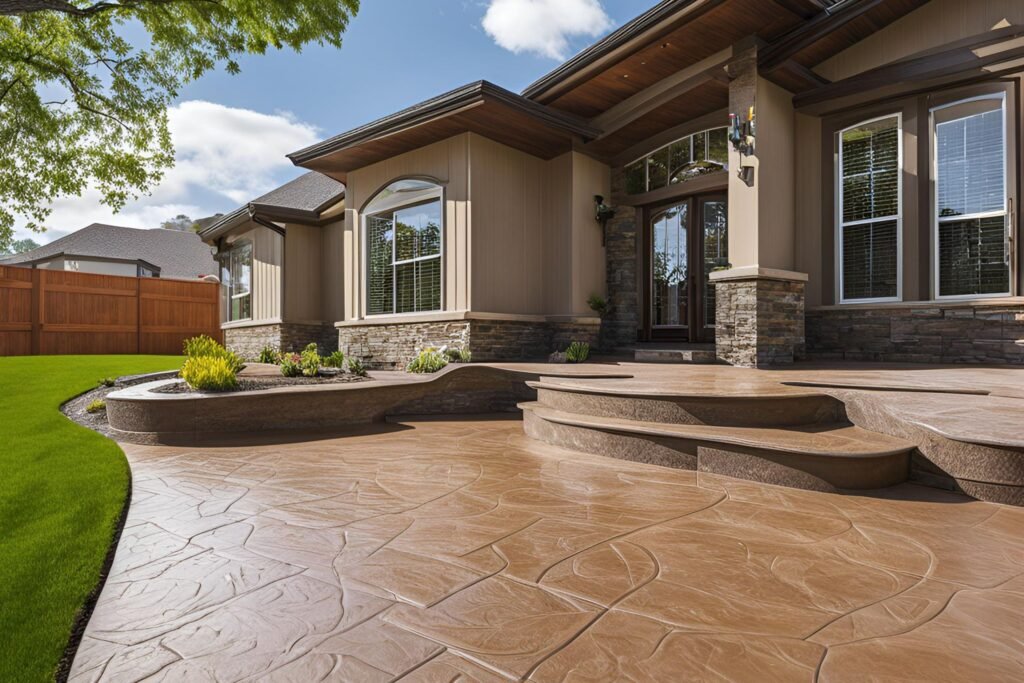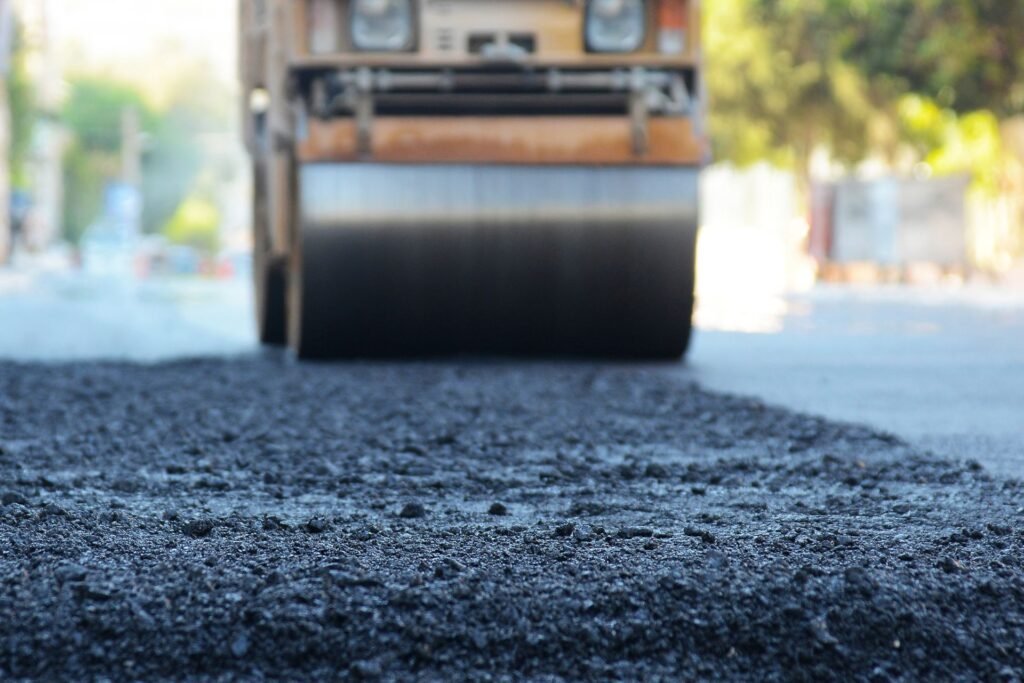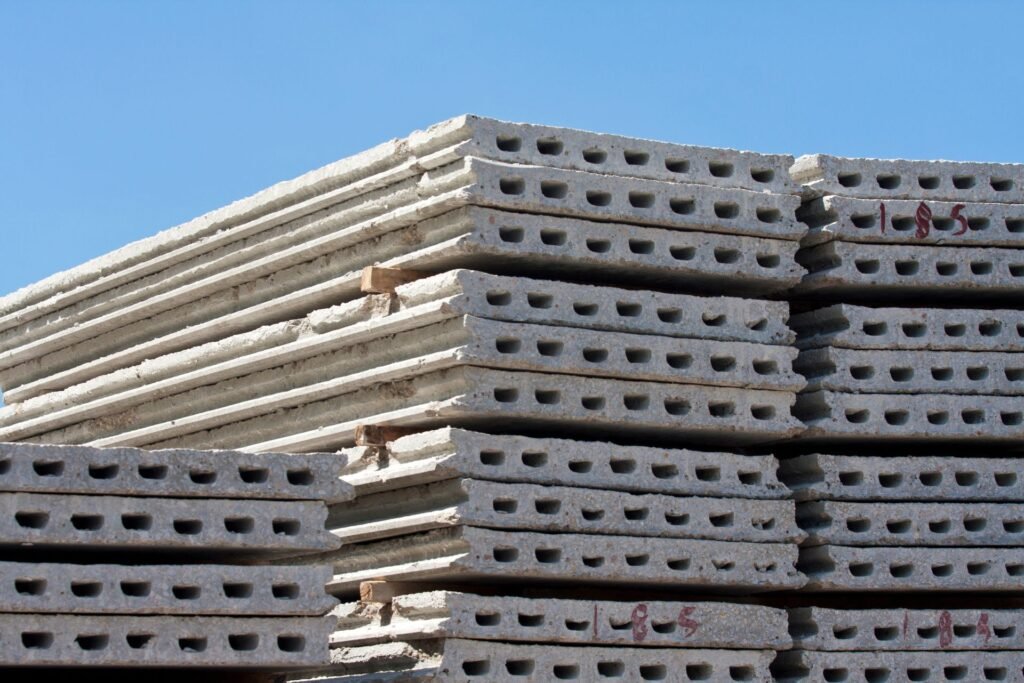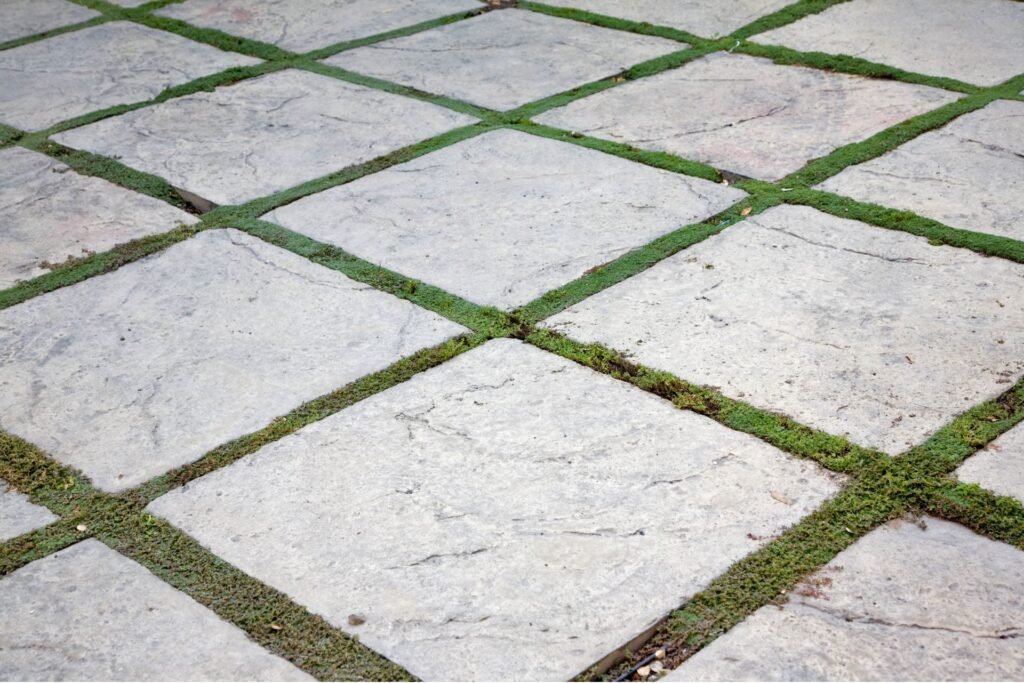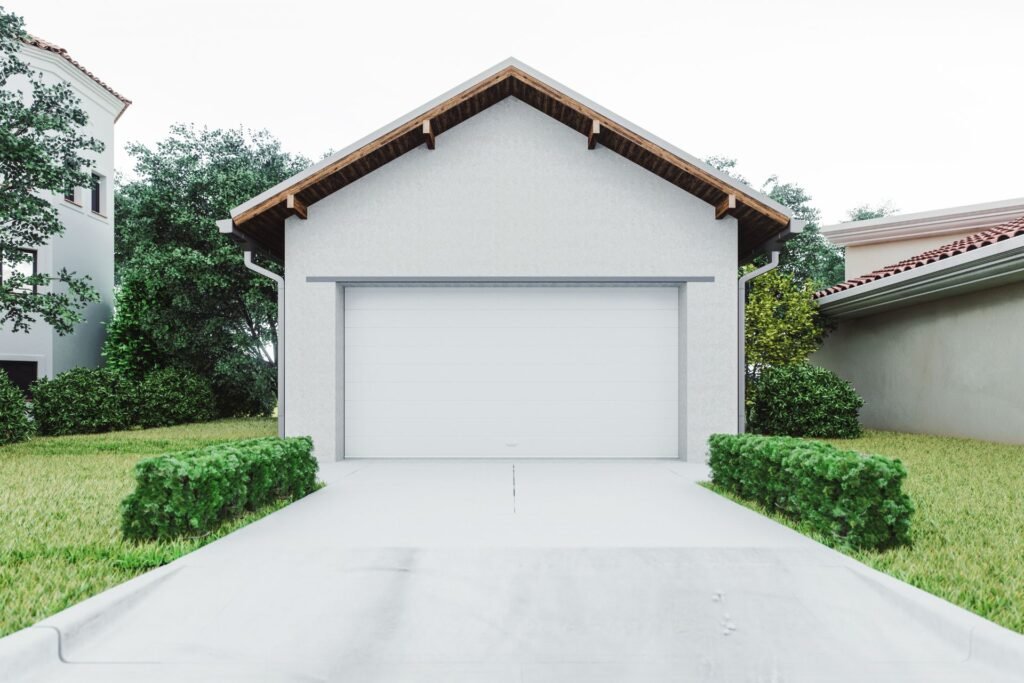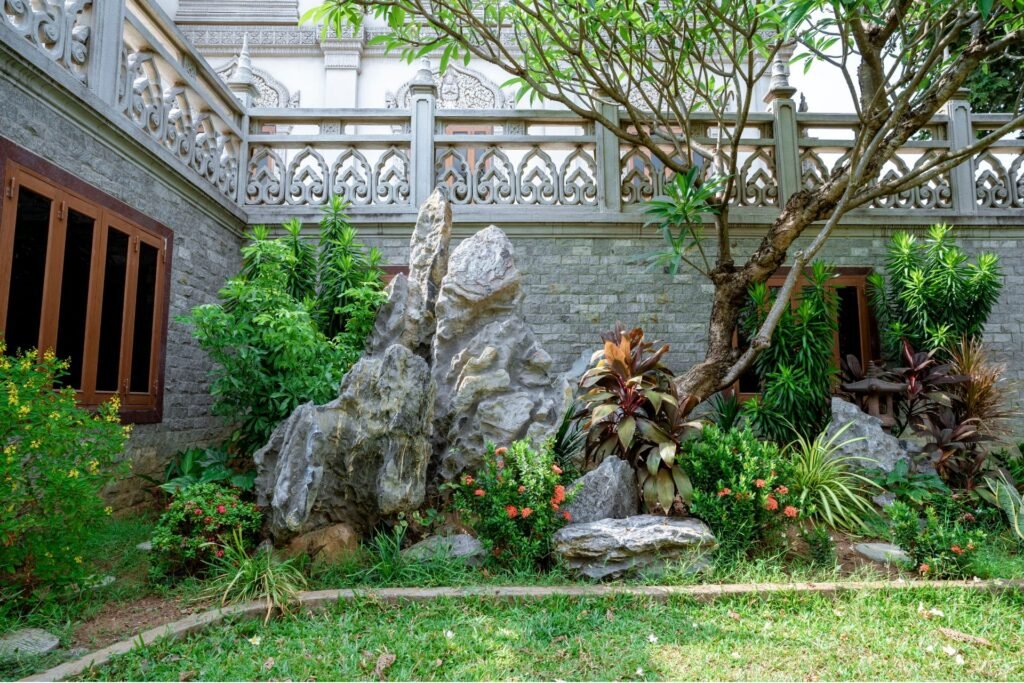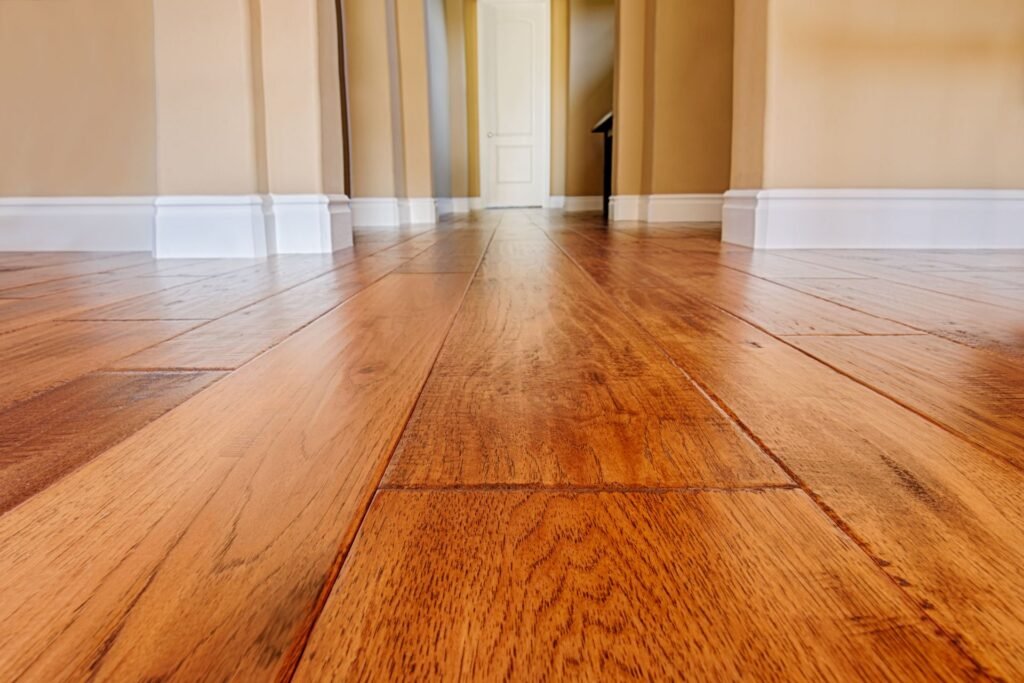Welcome to our comprehensive guide on understanding the differences between stamped and stained concrete! If you’re considering enhancing the aesthetic appeal of your concrete surfaces, it’s essential to know the options available to you. Concrete is a versatile material not only for its durability but also for its ability to be customized to suit various design preferences. In this post, we will delve into the unique features, benefits, and applications of stamped and stained concrete. By the end, you’ll have a clear understanding of which option might be the best fit for your next project, ensuring both beauty and functionality in your concrete surfaces.
Stamped concrete involves pressing patterns into freshly poured concrete to mimic the look of materials like brick, stone, or tile, providing a textured and decorative finish. Stained concrete, on the other hand, uses acid or water-based stains to add color and visual effects to existing concrete surfaces, creating a marbled or variegated look. While stamped concrete offers more texture and pattern options, stained concrete excels in color versatility and enhancing existing surfaces. Both options are durable and cost-effective, but the best choice depends on your specific aesthetic and functional needs.
Table of Contents
Understanding Stamped Concrete
Definition and Process
What is Stamped Concrete?
Stamped concrete is a popular decorative concrete that mimics the appearance of other materials such as brick, stone, or tile. It is created by imprinting patterns and textures onto freshly poured concrete. This technique provides an affordable and durable alternative to these traditional materials while offering the versatility of concrete.
How is Stamped Concrete Made?
The process of creating stamped concrete involves several key steps:
- 1. Mixing: The concrete is mixed with specific proportions of cement, water, aggregates, and color additives. These additives ensure the desired hue and consistency for the project.
- 2. Pouring: Once mixed, the concrete is poured onto the prepared surface. This step is crucial as it determines the foundation for the entire project.
- 3. Stamping Process: After the concrete is poured and leveled, it reaches a semi-hard stage, ready for stamping. Stamping mats, which come in various patterns and textures, are pressed into the concrete to create the desired look. Release agents are often used to prevent the mats from sticking and to add an extra layer of color contrast.
Design Options
Popular Patterns and Textures
Stamped concrete offers a wide range of design options. Some of the most popular patterns include:
- Brick: Perfect for creating classic and timeless looks.
- Stone: Mimics the natural beauty of slate, flagstone, and other stones.
- Tile: Offers a clean and modern appearance.
Customization Possibilities
The customization options with stamped concrete are extensive. Homeowners and designers can choose from an array of colors and patterns to match any aesthetic preference. This flexibility allows for unique and personalized designs that enhance the overall appeal of the space.
Advantages of Stamped Concrete
Aesthetic Appeal
Stamped concrete significantly enhances the visual appeal of any space. The ability to replicate high-end materials like stone and brick at a fraction of the cost makes it a popular choice for both homeowners and commercial properties.
Durability and Longevity
Concrete is inherently strong and durable. Stamped concrete benefits from these properties, making it resistant to wear and tear, weather conditions, and heavy traffic. With proper maintenance, stamped concrete surfaces can last for decades.
Cost-Effectiveness Compared to Natural Materials
One of the major advantages of stamped concrete is its cost-effectiveness. While it delivers the look of more expensive materials, it requires a much lower investment. Additionally, the installation process is quicker and less labor-intensive, further reducing costs.
Common Applications
Driveways, Patios, Walkways
Stamped concrete is versatile and can be used in various applications. It is commonly found in:
- Driveways: Provides a durable and attractive surface that can withstand heavy use.
- Patios: Creates an inviting outdoor space perfect for relaxation and entertainment.
- Walkways: Adds aesthetic charm to pathways, enhancing the overall landscape design.
Commercial vs. Residential Use
Stamped concrete is suitable for both residential and commercial applications. In residential settings, it enhances curb appeal and increases property value. In commercial spaces, it offers a cost-effective way to create aesthetically pleasing and durable surfaces for areas like entryways, courtyards, and outdoor seating areas.
In summary, stamped concrete is a versatile, durable, and cost-effective solution for achieving the look of high-end materials in various applications. Its wide range of design options and long-lasting nature make it a preferred choice for many property owners.

Understanding Stained Concrete
Stained concrete is an increasingly popular option for enhancing the aesthetic appeal of various surfaces. This technique involves applying a stain to concrete to create rich, translucent tones that bring a unique, customized look to any area. Let’s dive deeper into what stained concrete is, the processes involved, the design options available, and its advantages and common applications.
Definition and Process
What is stained concrete?
Stained concrete refers to concrete that has been treated with a stain to change its color. Unlike paint, which creates an opaque layer on top of the concrete, stains penetrate the surface, resulting in a translucent color that highlights the concrete’s natural variations and textures. This makes each stained concrete surface unique.
How is it made?
The process of staining concrete involves preparing the concrete surface, applying the stain, and then sealing the surface to protect the finish. There are two main types of concrete stains: acid-based and water-based.
- Acid-based stains: These stains contain metallic salts that react chemically with the minerals in the concrete. The reaction creates permanent, variegated colors that won’t fade, chip, or peel. Acid stains typically produce earth tones like browns, tans, and soft blues.
- Water-based stains: These stains are more like paint, available in a wider range of colors, including bright hues and pastels. Water-based stains don’t chemically react with the concrete; instead, they fill the pores with pigment, providing a more consistent color.
Design Options
Color variations and effects
Stained concrete offers a wide array of color variations and effects. Acid stains create a marbled or variegated look with deep, rich tones. The colors can vary depending on the concrete’s composition and age, giving each project a one-of-a-kind appearance. Water-based stains, on the other hand, offer more uniform colors and can be mixed to achieve almost any shade imaginable.
Customization possibilities
Customization is a significant advantage of stained concrete. Homeowners and designers can choose from numerous design options, including:
- Designs: Patterns, logos, or intricate designs can be incorporated using stencils or masking techniques.
- Overlays: Stained concrete overlays can be applied to existing concrete surfaces, allowing for a fresh look without the need for a complete replacement. This is particularly useful for reviving old, worn-out surfaces.
Advantages of Stained Concrete
Versatility in appearance
One of the main benefits of stained concrete is its versatility. It can mimic the appearance of other high-end materials like marble, granite, or natural stone, offering a luxurious look at a fraction of the cost. The customization options mean you can achieve virtually any look you desire.
Enhanced visual appeal
Stained concrete significantly enhances the visual appeal of any space. Its rich, translucent colors add depth and interest to surfaces, making them stand out. Whether you’re aiming for a rustic, industrial, or modern look, stained concrete can be tailored to fit your design vision.
Cost-effective way to revitalize existing concrete
Staining is a cost-effective way to revitalize existing concrete surfaces. Rather than replacing old, discolored, or damaged concrete, staining can transform it into an attractive feature, saving both time and money.
Common Applications
Stained concrete is versatile enough for both interior and exterior applications, in residential and commercial settings.
Interior floors and countertops
Inside the home, stained concrete is commonly used for floors and countertops. It offers a durable, easy-to-maintain surface that can withstand heavy foot traffic and resist spills and stains.
Outdoor surfaces
Outdoors, and stained concrete can be used for patios, walkways, driveways, and pool decks. Its ability to withstand the elements while maintaining its vibrant appearance makes it an excellent choice for enhancing outdoor living spaces.
Commercial vs. residential use
In commercial settings, stained concrete is often used in retail stores, restaurants, and office buildings to create a visually appealing and durable flooring option that can handle high traffic. In residential settings, it adds a unique and personalized touch to homes, making it a popular choice among homeowners looking to elevate their interior and exterior designs.
In summary, stained concrete is a versatile and cost-effective way to enhance the beauty of various surfaces. Whether you prefer the earthy tones of acid-based stains or the vibrant colors of water-based options, stained concrete offers endless design possibilities and applications for both commercial and residential spaces.
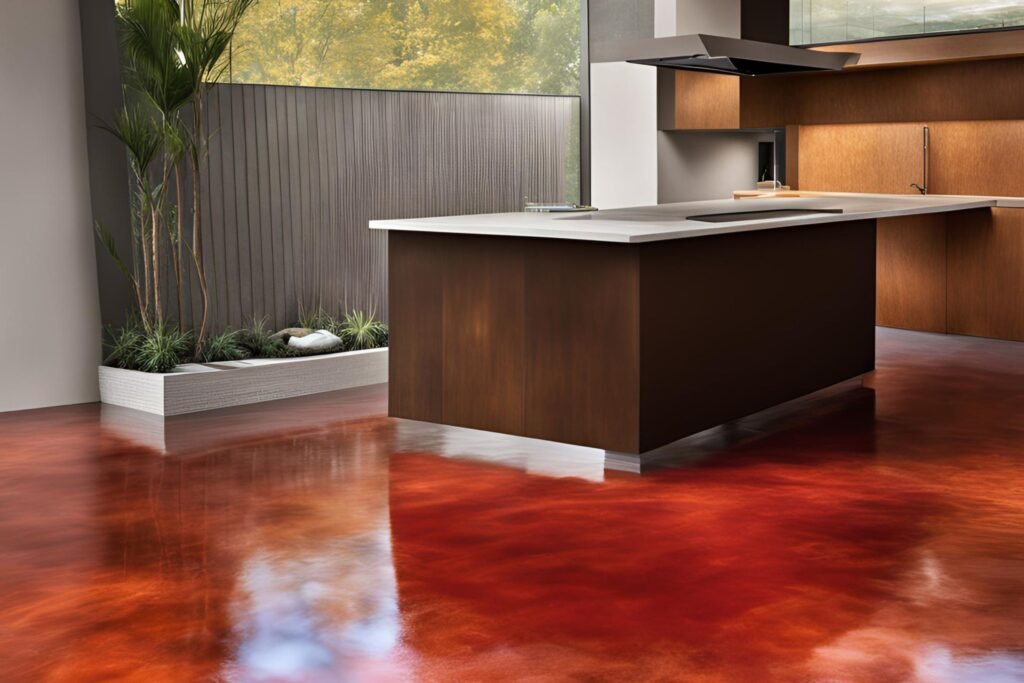
Key Differences Between Stamped And Stained Concrete
When it comes to choosing between stamped and stained concrete, understanding their key differences can help homeowners and contractors make the best decision for their projects. Here, we’ll explore the aesthetic differences, installation processes, maintenance requirements, and cost comparison of these two popular concrete finishing techniques.
Aesthetic Differences
One of the primary distinctions between stamped and stained concrete is their aesthetic appeal.
Stamped Concrete: This method involves pressing molds into freshly poured concrete to create patterns and textures that resemble natural materials like brick, stone, slate, or wood. The result is a highly textured surface that can add depth and interest to patios, driveways, and walkways. The versatility of stamped concrete allows for a wide range of design possibilities, making it a favorite for those looking to achieve a more elaborate look.
Stained Concrete: In contrast, stained concrete focuses on enhancing the color of the concrete. This process involves applying chemical stains or dyes to cured concrete to create rich, translucent tones that mimic the appearance of polished stone or marble. Stained concrete can achieve a wide array of colors and effects, from subtle earth tones to vibrant hues. This method is ideal for those who prefer a more understated, elegant look with a smooth finish.
Both stamped and stained concrete offer unique ways to enhance the visual appeal of outdoor and indoor spaces. The choice between them often comes down to the desired aesthetic outcome and the specific application.
Installation Process
The installation processes for stamped and stained concrete are distinct, each with its own set of steps and considerations.
Stamped Concrete Installation
- Preparation: Begin by preparing the subgrade, ensuring it is level and compacted.
- Formwork: Set up forms to contain the concrete within the desired area.
- Pouring: Pour the concrete and spread it evenly using a screed.
- Stamping: Once the concrete has been partially set, apply a release agent to prevent stamps from sticking. Then, press the patterned stamps onto the concrete surface.
- Detailing: After stamping, additional detailing may be necessary to enhance the pattern. This can include adding color hardeners or antiquing agents.
- Curing and Sealing: Allow the concrete to cure, then apply a sealant to protect the surface and enhance its appearance.
Stained Concrete Installation
- Surface Preparation: Clean the existing concrete surface thoroughly, removing any dirt, grease, or coatings.
- Staining: Apply the stain or dye to the concrete surface using sprayers, brushes, or sponges, depending on the desired effect. Multiple coats may be applied to achieve the perfect color.
- Neutralizing: If using acid-based stains, neutralize the surface to stop the chemical reaction.
- Sealing: Once the stain is fully dry, apply a sealant to protect the color and finish.
While stamped concrete requires more intensive labor during the initial installation, stained concrete often necessitates meticulous preparation and application to achieve the desired result.
Maintenance Requirements
Both stamped and stained concrete require maintenance to preserve their appearance and functionality, but the specifics can vary.
Stamped Concrete Maintenance
- Cleaning: Regularly sweep and wash the surface to remove dirt and debris.
- Sealing: Reapply sealant every 2-3 years to protect the surface from moisture, stains, and wear.
- Repairs: Address any cracks or damage promptly to prevent further deterioration.
Stained Concrete Maintenance
- Cleaning: Clean the surface with a pH-neutral cleaner to avoid damaging the stain.
- Sealing: Depending on the type of stain used, reseal the surface every 2-3 years to maintain its color and protect against stains and abrasion.
- Repairs: Touch up areas where the stain may have worn away to keep the color consistent.
Overall, both types of concrete finishes benefit from regular cleaning and periodic sealing to extend their lifespan and maintain their aesthetic appeal.
Cost Comparison
Cost is a crucial factor when deciding between stamped and stained concrete.
Initial Cost Differences
- Stamped Concrete: Generally, the initial cost is higher due to the complexity of the stamping process and the materials required. Expect to pay more for the labor-intensive installation and the decorative molds.
- Stained Concrete: Stained concrete tends to be more affordable upfront, especially when using simple stain applications. The cost can increase with more intricate designs or multiple color applications.
Long-Term Value and Return on Investment
- Stamped Concrete: Offers excellent long-term value due to its durability and ability to mimic high-end materials at a lower cost. Properly maintained stamped concrete can last for decades, providing a good return on investment.
- Stained Concrete: Also provides long-term value, particularly in interior spaces where it is less exposed to the elements. The elegant appearance of stained concrete can enhance property value, making it a worthwhile investment.
In conclusion, the decision between stamped and stained concrete ultimately depends on the specific needs and preferences of the project. Whether prioritizing the textured patterns of stamped concrete or the vibrant colors of stained concrete, each method offers unique benefits that can elevate the aesthetic and functional qualities of any space.

Choosing The Right Option For Your Project
When deciding between stamped and stained concrete for your project, several key factors come into play. This section will help you understand what to consider and provide expert recommendations to guide your decision. Additionally, real-life examples will illustrate how these choices have been successfully implemented in various projects.
Factors to Consider
Project Type (Indoor vs. Outdoor, High Traffic Areas)
The nature of your project significantly impacts whether stamped or stained concrete is more suitable. For instance, outdoor projects like patios, walkways, and driveways often benefit from the durability and pattern versatility of stamped concrete. On the other hand, indoor projects such as basements or commercial spaces might lean towards stained concrete for its ability to enhance existing surfaces with rich, translucent colors.
Desired Aesthetic Outcome
Your aesthetic goals are crucial in this decision-making process. Stamped concrete can mimic the look of brick, slate, stone, and even wood, making it a fantastic option for those seeking a specific pattern or texture. Stained concrete, however, excels in providing a unique, marbled look that adds depth and character to floors. The choice depends on whether you prefer a patterned finish or a vibrant, colored appearance.
Budget Constraints
Budget is always a critical consideration. Stamped concrete typically involves more labor and materials, potentially making it a more expensive option. However, its long-term durability and low maintenance can make it a worthwhile investment. Stained concrete is generally more cost-effective and can be applied over existing surfaces, reducing installation costs. Weighing the initial expense against the long-term benefits and maintenance costs is essential.
Expert Recommendations
Situations Where Stamped Concrete is Preferable
Stamped concrete is often recommended for outdoor areas where a durable, weather-resistant surface is needed. Its ability to withstand heavy foot traffic and harsh weather conditions makes it ideal for driveways, patios, and pool decks. Additionally, if you desire a custom look that mimics natural stone, brick, or wood, stamped concrete is the way to go. It’s also an excellent choice for projects requiring a slip-resistant surface, as textures can be customized to enhance safety.
Situations Where Stained Concrete is More Suitable
Stained concrete is highly recommended for interior projects where a sophisticated, polished look is desired. Its ability to penetrate the concrete allows for a rich, long-lasting color that won’t peel or fade. This makes it perfect for commercial spaces, showrooms, and homes looking to enhance their floors with a unique, marbled appearance. Stained concrete is also a great option for renovating existing concrete surfaces, offering a cost-effective way to upgrade without complete replacement.
Real-Life Examples
Case Studies or Examples of Successful Projects Using Each Method
To illustrate the effectiveness of stamped and stained concrete, let’s look at a couple of real-life examples:
1. Outdoor Patio in a Residential Home (Stamped Concrete)
A family in Wellington wanted a stylish, durable patio that could withstand the elements and heavy use. They chose stamped concrete in a slate pattern with a natural stone color. The result was a beautiful, slip-resistant surface that perfectly complemented their garden and home exterior. The family was thrilled with the low maintenance and long-lasting appeal of their new patio.
2. Retail Store Renovation (Stained Concrete)
A boutique shop in Auckland aimed to create a chic, modern look for their flooring without undergoing a complete overhaul. They opted for stained concrete in a rich, coffee hue, which added depth and elegance to the store. The stained concrete provided a durable, easy-to-clean surface that withstood heavy foot traffic while maintaining its vibrant appearance. The store owners noted an increase in customer satisfaction due to the enhanced aesthetic appeal.
By considering the type of project, desired aesthetic, and budget, along with expert recommendations and real-life examples, you can make an informed decision on whether stamped or stained concrete is the right choice for your next project.

DIY Vs. Hiring A Professional
When it comes to home improvement projects, a common dilemma homeowners face is deciding between tackling the project themselves (DIY) or hiring a professional. Both options have their own set of advantages and disadvantages, and the best choice depends on various factors such as budget, skill level, and the scope of the project.
Pros and Cons of DIY
Cost Savings vs. Potential Pitfalls
One of the main attractions of DIY projects is the potential for cost savings. By taking on the work yourself, you can avoid the labor costs associated with hiring a professional. This can be particularly appealing for smaller projects or when working within a tight budget. Additionally, DIY projects can be a rewarding way to learn new skills and gain a sense of accomplishment.
However, DIY projects come with their own set of challenges and potential pitfalls. Without the proper expertise, you may encounter unforeseen issues that can lead to increased costs and extended timelines. Mistakes made during the project can also result in subpar results, which may ultimately require professional intervention to fix.
Skill Level Required for DIY Projects
It’s crucial to assess your own skill level before embarking on a DIY project. Some tasks, such as painting or basic landscaping, may be well within the capabilities of an enthusiastic amateur. However, more complex projects like electrical work, plumbing, or structural changes require a higher level of expertise. Attempting these without the necessary skills can be dangerous and lead to significant problems down the line.
Benefits of Hiring a Professional
Expertise and Quality Assurance
Hiring a professional brings the benefit of expertise and experience to your project. Professionals have the training and knowledge to handle a wide range of tasks efficiently and effectively. This often translates to higher quality work and a more polished final product. With a professional, you can expect a level of craftsmanship that may be difficult to achieve on your own.
Long-term Durability and Warranty Considerations
Professionals often offer warranties on their work, providing peace of mind that any issues will be addressed promptly. This is particularly important for larger projects or those involving critical home systems. A professional’s work is more likely to adhere to industry standards and local building codes, ensuring long-term durability and safety.
Tips for Finding a Reliable Contractor
What to Look for in a Contractor
Finding a reliable contractor is crucial to the success of your project. Start by seeking recommendations from friends, family, or neighbors who have had similar work done. Online reviews and ratings can also provide valuable insights into a contractor’s reputation. Look for contractors with relevant experience, proper licensing, and insurance coverage to protect yourself from potential liabilities.
Questions to Ask Before Hiring
Before hiring a contractor, it’s important to conduct a thorough interview to ensure they are the right fit for your project. Key questions to ask include:
- Can you provide references from past clients?
- Do you have experience with projects similar to mine?
- Are you licensed and insured?
- What is your estimated timeline for completion?
- How do you handle unexpected issues or changes in the project scope?
- What kind of warranty do you offer on your work?
By carefully considering these factors and asking the right questions, you can make an informed decision about whether to tackle your home improvement project yourself or hire a professional. Each approach has its own merits, and the best choice will depend on your specific circumstances and the nature of the project.

FAQs: About What’s The Difference Between Stamped And Stained Concrete
What is stamped concrete?
Stamped concrete is a decorative concrete technique where patterns and textures are pressed into freshly poured concrete to mimic the appearance of materials such as brick, stone, or tile.
How is stained concrete different from stamped concrete?
Stained concrete involves applying acid or water-based stains to existing concrete surfaces to create color variations and visual effects, while stamped concrete focuses on adding texture and patterns to freshly poured concrete.
What are the benefits of stamped concrete?
Stamped concrete offers aesthetic appeal, durability, and cost-effectiveness compared to natural materials. It can replicate the look of brick, stone, or tile without the high costs associated with these materials.
What are the benefits of stained concrete?
Stained concrete provides versatility in color and design, enhancing the visual appeal of existing concrete surfaces. It is a cost-effective way to revitalize concrete with a unique, customized look.
Where can stamped concrete be used?
Stamped concrete is commonly used for driveways, patios, walkways, and pool decks. It is suitable for both residential and commercial applications.
Where can stained concrete be used?
Stained concrete is ideal for interior floors, countertops, outdoor patios, and other concrete surfaces. It is used in both residential and commercial settings to enhance the appearance of concrete.
How do the installation processes differ for stamped and stained concrete?
Stamped concrete is installed by pressing patterns into freshly poured concrete, while stained concrete involves applying stains to cured concrete surfaces. Stamped concrete requires a more involved installation process with more immediate work after pouring the concrete.
What are the maintenance requirements for stamped and stained concrete?
Stamped concrete requires regular cleaning and sealing to maintain its appearance and durability. Stained concrete also needs regular cleaning, and periodic resealing may be necessary to preserve the color and finish.
How do the costs of stamped and stained concrete compare?
The initial cost of stamped concrete is typically higher due to the labor-intensive installation process. Stained concrete is generally less expensive initially but may require more frequent maintenance. Both offer good long-term value.
Should I hire a professional for my stamped or stained concrete project?
Hiring a professional is recommended for both stamped and stained concrete projects to ensure high-quality results and long-term durability. Professionals have the expertise and tools necessary to achieve the desired finish and can provide warranties for their work.
Conclusion
In conclusion, choosing the right type of concrete for your project is crucial to achieving the desired results and enhancing your property’s value. We’ve covered the importance of understanding the water-cement ratio, the benefits and drawbacks of stamped versus stained concrete, and the significance of reinforcement for residential driveways. As you consider your options, it’s essential to weigh the unique requirements and goals of your project. Whether you’re aiming for aesthetic appeal, durability, or cost-efficiency, the right concrete choice can make a substantial difference. By taking the time to make an informed decision, you’ll ensure that your investment adds lasting value and functionality to your property.
About the Author:
Mike Veail is a recognized digital marketing expert with over 6 years of experience in helping tradespeople and small businesses thrive online. A former quantity surveyor, Mike combines deep industry knowledge with hands-on expertise in SEO and Google Ads. His marketing strategies are tailored to the specific needs of the trades sector, helping businesses increase visibility and generate more leads through proven, ethical methods.
Mike has successfully partnered with numerous companies, establishing a track record of delivering measurable results. His work has been featured across various platforms that showcase his expertise in lead generation and online marketing for the trades sector.
Learn more about Mike's experience and services at https://theleadguy.online or follow him on social media:

